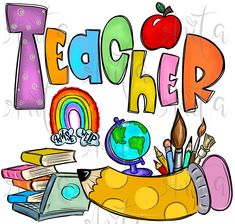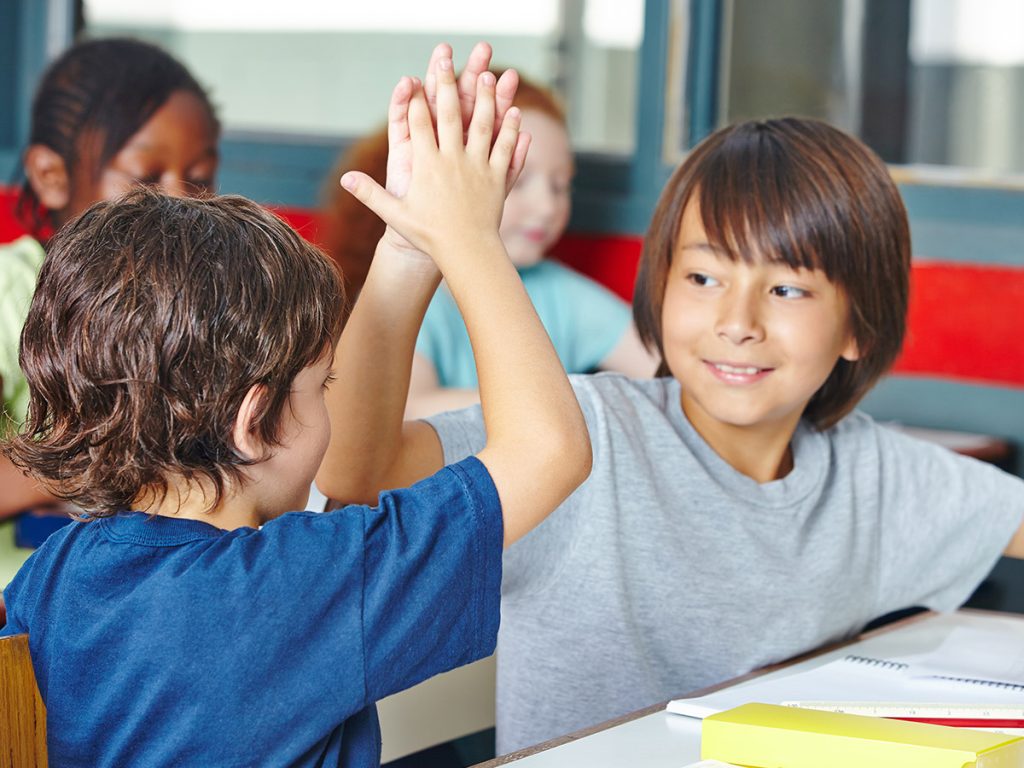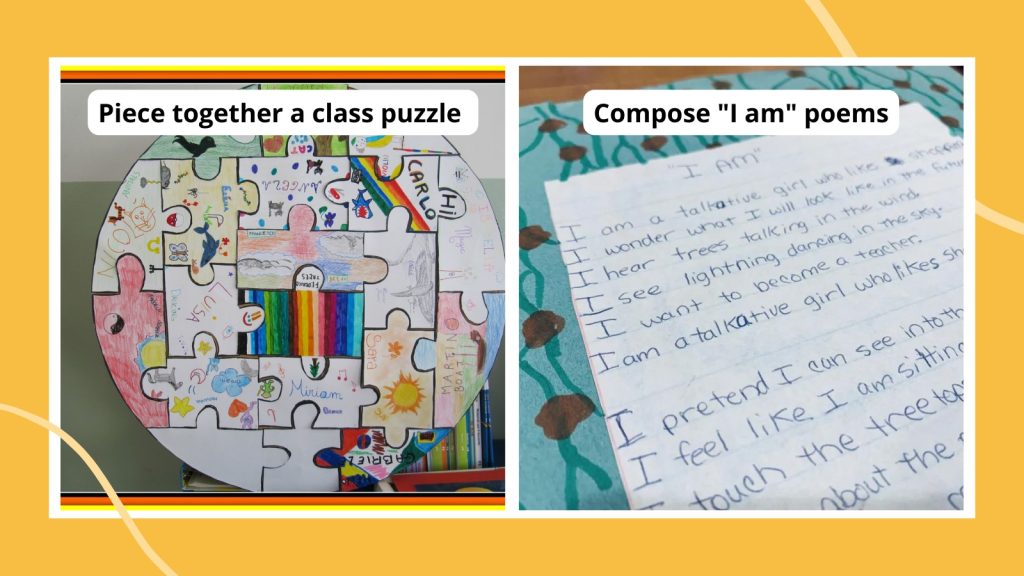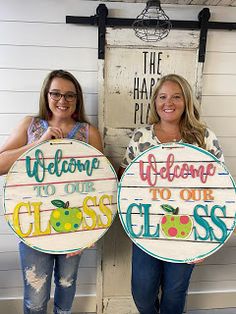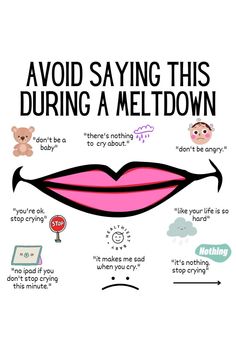The year 2022 has been a significant one for teachers around the globe. After navigating the uncharted waters of teaching during the peak of the COVID-19 pandemic, educators have had to adapt to a world that has been forever altered by the experience. Teacher life in 2022 is marked by resilience, innovation, and ongoing challenges.
As schools have moved back to in-person learning, teachers are contending with the lasting impacts of the pandemic on student learning. Many have noticed learning gaps due to the time spent in remote education and are putting extra effort into helping students catch up academically. This has necessitated a focus on differentiated instruction and remediation to meet each student’s unique needs.
Beyond academic concerns, teachers are also working on re-establishing social and emotional learning (SEL). After a period of isolation for many students, re-socializing and rebuilding classroom communities have become critical aspects of teacher life in 2022. Teachers are incorporating SEL strategies into their curriculum to foster resilience, empathy, and collaboration among their students.
Technology continues to play a significant role in education. While some technology was adopted out of necessity during distance learning, teachers are now integrating the most effective tools into their classroom practices permanently. This includes utilizing online platforms for homework and revision, as well employing educational apps and games to enhance student engagement.
Another reality for 2022 is that many educators are navigating a politicized environment where curricula and school policies may be under intense scrutiny. Issues such as critical race theory or discussions around gender identity have placed teachers at the center of public debates, requiring them to balance curriculum requirements with community values.
Moreover, there is an ongoing struggle with educator burnout and staffing shortages. The pressures of teaching through a pandemic have taken a toll on many, leading some to leave the profession while others dig deep to find renewed purpose in their work. Schools are grappling with attracting and retaining qualified teachers, emphasizing the need for better support systems and recognising teachers’ efforts both through professional development opportunities and competitive compensation.
Despite these hurdles, one constant remains – the commitment of teachers to their students’ growth and well-being. A spirit of determination underscores teacher life in 2022 as educators worldwide continue adapting and striving to provide high-quality education amidst persistent change and uncertainty.
In summing up teacher life in 2022 thus far, it is a testament to determination against adversity. Teachers remain at the educational frontlines, facing ongoing challenges head on while fostering the next generation’s growth through innovative teaching methods amidst an evolving educational landscape.
